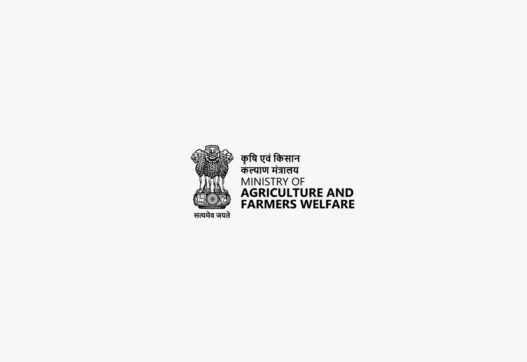Under Ministry of Agriculture and Farmers Welfare
The Cattle-Trespass Act, 1871, is a colonial-era legislation in India that addresses the issue of cattle trespassing on private or public land. While seemingly archaic, this Act still holds relevance in certain rural and agricultural contexts. This article provides a summary of the Act, highlighting its background, key provisions, and penalties.
1. Act Background:
The Cattle-Trespass Act, 1871, was enacted to consolidate and amend the laws relating to trespasses by cattle. It provides a legal framework for managing situations where cattle cause damage to land or crops by trespassing. The Act aims to balance the rights of landowners and the responsibilities of cattle owners.
2. Enactment Date, Number of Chapters, Number of Sections:
-
Enactment Date: The Act was enacted on January 13, 1871.
-
Number of Chapters: The Act is divided into eight chapters.
-
Number of Sections: The Act contains 31 sections, with some sections having been repealed or amended over time.
3. Act Governed By:
The Act is primarily governed by the Central Government, but certain aspects, such as the establishment of pounds and rates of charges, are delegated to the State Governments. The Act is also subject to state-specific amendments.
4. On Whom It Is Applicable:
The Act applies to:
-
Cattle Owners: Individuals who own or are in charge of cattle that trespass on land.
-
Landowners/Occupiers: Individuals whose land or crops are damaged by trespassing cattle.
-
Pound-Keepers: Individuals appointed to manage cattle pounds.
-
Public Authorities: Local authorities responsible for maintaining public roads, canals, and embankments.
5. Penalties/Punishments:
The Act prescribes various penalties for offenses related to cattle trespass, including:
-
Fines: Fines are imposed for cattle damaging land or crops, forcible opposition to seizure of cattle, and for pound-keepers failing to perform their duties.
-
Imprisonment: Imprisonment may be imposed for forcibly opposing the seizure of cattle or rescuing the same.
-
Forfeiture: In some cases, cattle may be forfeited and sold to compensate for damages.
-
Compensation: The Act provides for compensation to those whose land or crops are damaged by trespassing cattle.
6. Important Pointers:
-
Establishment of Pounds: The Act provides for the establishment of pounds where impounded cattle are kept.
-
Pound-Keepers: Pound-keepers are appointed to manage the pounds and are responsible for the care of impounded cattle.
-
Impounding of Cattle: Cattle trespassing on land can be impounded by the landowner or authorized persons.
-
Delivery of Cattle: The Act outlines procedures for the delivery of impounded cattle to their owners upon payment of fines and charges.
-
Sale of Cattle: If cattle are not claimed within a specified time, they may be sold by public auction.
-
Disposal of Proceeds: The proceeds from the sale of cattle are used to cover fines and charges, with any surplus being returned to the owner.
-
Complaints: Individuals can make complaints regarding illegal seizure or detention of cattle.
-
Recovery of Compensation: Compensation for damages caused by trespassing cattle can be recovered through legal proceedings.
-
State Amendments: Various states have amended the Act to suit local conditions, which may include variations in fines, procedures, and responsibilities.
-
Modern Relevance: While the Act is old, it is still relevant in rural areas where cattle grazing and agricultural activities are common.
7. Act Copy:




